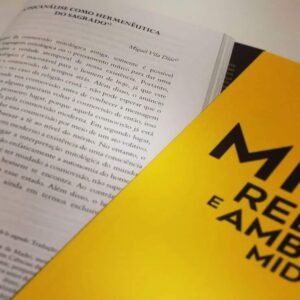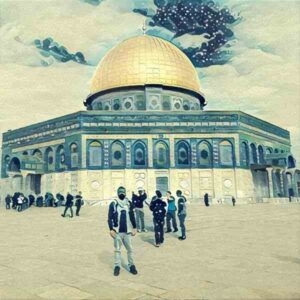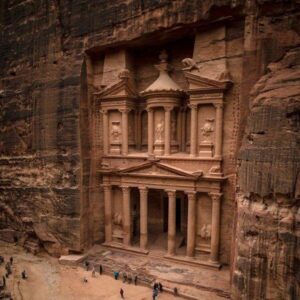Miguel's E-Works
My E-Works
Here are those papers I have gotten published up to date. I also wrote a book chapter for Unicentro University (Brasil) on Psychoanalysis applied to the study of Holy Writings. Some other papers will be released soon.
There is also a presentation I made at the 3rd International Conference on Myth Criticism, «Myths
in crisis. The crisis of myth», hosted by Complutense University of Madrid. You can check out both its programme and other indexes by clicking on titles.
Hope you enjoy reading!
More than eight years after I was invited by Unicentro University (Brasil) to join it, the book «Myth, Religion and Media Environment» eventually saw the light in the end of 2021. Along with me, other researchers that are nationally and internationally featured on those subjects and whose researches are based on the interface of communication, anthropology, religion’s sciences, art and philosophy were also invited.
Within the book, you can find my chapter in the second part entitled «Culture, Religion and Media Environment».
The book is available in two formats (paper and e-book) and only in portuguese. You can get the e-book through the link contained in title and read a copy of my chapter by clicking below.
Written By
Miguel Vila Dios

This study focuses on reviewing the fundamentals within Islāmic Criminal Law, paying special attention to different types of violent crimes (homicide and bodily harm) and differences between rebellion, banditry and apostasy, and assuming that the reader is already familiarized with the sources of the Sharīʿah and other concepts needed to understand those notions.
An epigraph about punishments is intercalated with a block of subepigraphs about some conditions relevant to God’s and human beings’ eyes that could be considered mitigating circumstances in Western Law.
Written By
Miguel Vila Dios

During Jahiliyya South Arabia cultures had a pantheon of astral deities, whose Moon-god and Sun-goddess were on the top. The national deity of every state was the Moon-god. Within its cult, the Moon-god syncretize the three goddesses named Al-Lat, Al-Uzza and Manat on the Qurʾān, which are said by traditions that were briefly accepted as angels by Muhammad on his unfamous Satanic verses.
The three of those goddesses were thought as Allah’s daughters or banat al-Lah, not being Allah the monotheistic God, but another Pre-Islamic deity related to them –the creator supreme god–, as al-Lah just literally means «the god».
The first of them at coming up was Manat, whose name means «destiny», that was the goddess of fate, prophecy and divination. Her shrine was located in Qudayd, at a place called Mushallal, fifthteen kilometers south from Madinah.
The next one at coming up was Al-Lat, whose name just means «the goddess», that was the crescent moon. She had her shrine in Ta’if, southeast from the city of Mecca.
The last one at coming up was Al-Uzza, whose name means «strength», that was the full moon and symbolized motherhood. Her shrine was located in Nakhlah, halfway between Ta’if and Mecca. It is said that when Al-Lat became the Nabataean goddess she turned into Al-Uzza and quit being a local deity of little countryside shrines to be the patron of an expansive culture.
The veneration of the three goddesses was typical of the land of Hejaz and was adopted by the Quraysh, a tribe of beduins that conquered Mecca at the end of the 5th century AD.
Written By
Miguel Vila Dios

Firstly, the current crisis of the Christian salvific announcement is spoken on from a Bultmannian point of view. Given the deficiencies of that existential approach and partially thanks to inputs of thinkers such as Ricoeur, psychoanalysis is proposed both as a way to access the extralinguistic reality and as possible hermeneutic solution.
Then, an explanation of fundamental concecpts on Heidegger’s existential analytics, background of Bultmann’s, is made by using Lacan’s theory of speech.
The Holy (das Heilige) turns out to be like the Thing (das Ding) yet not meant as the subject’s absolute Other, but as a place surrounding a void that is the cause of all of the significant detours.
Lastly, a short journey to human kind Prehistory is made with support of some neurolinguists in order to find the first evidence of getting close to the Thing beyond the holy.
Written By
Miguel Vila Dios

